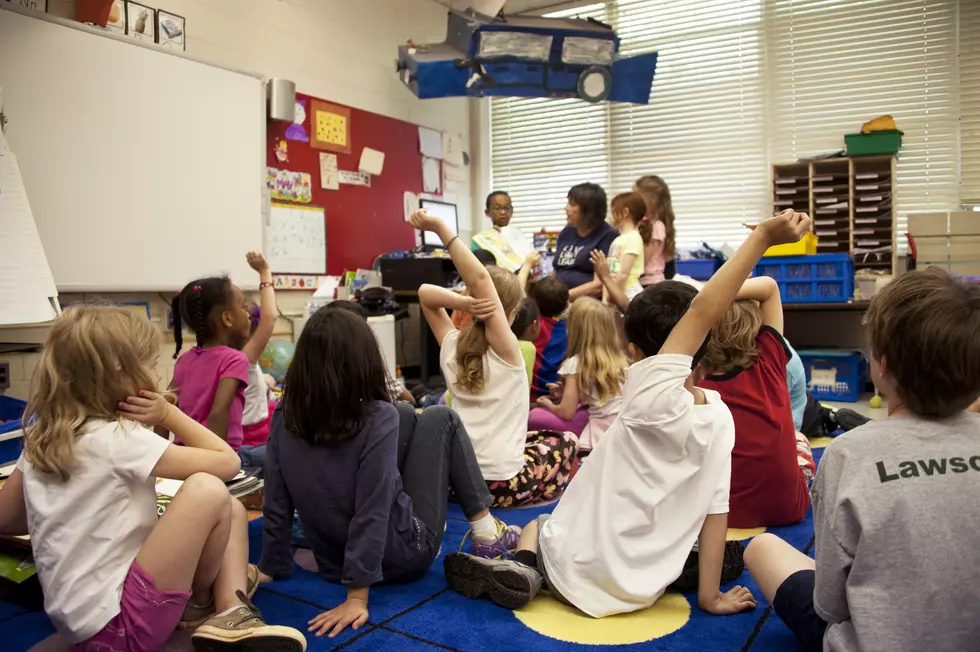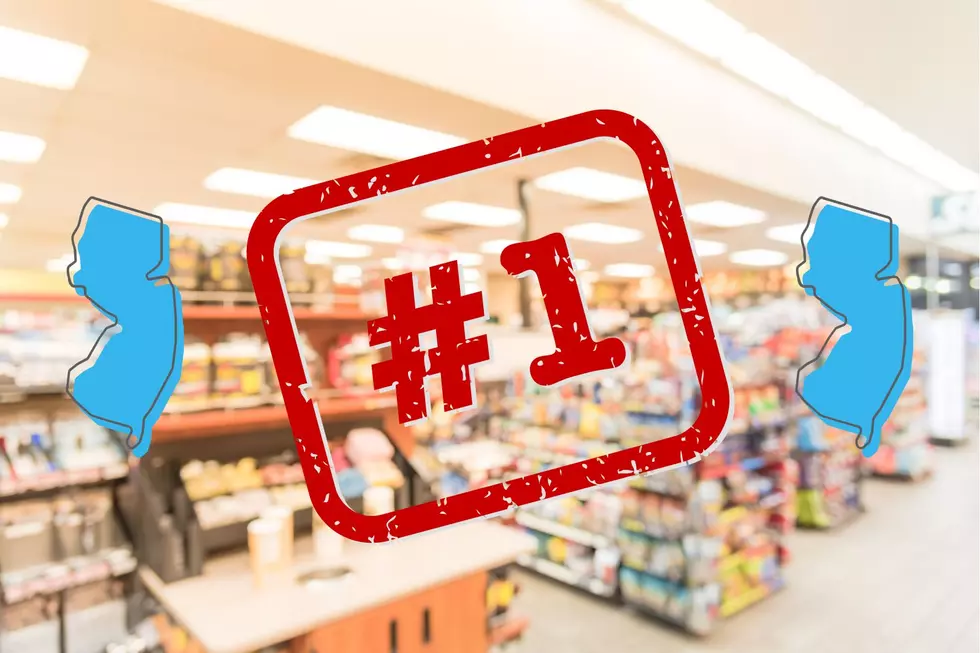
Where are all the kids? NJ school enrollment falling in your district
TRENTON – New Jersey is a growing state, or at least was before the pandemic upended things, surpassing expectations to add 497,000 residents between the 2010 and 2020 censuses.
Its public school system, on the other hand, is not.
The trend predates the COVID-19 pandemic though was accelerated by it. Enrollment in New Jersey public schools, even though it rebounded in 2021-22 after plunging a year earlier, has dipped to the lowest levels in about two decades.
And the trend would be even more evident if not for the addition and expansion of public preschool programs. Enrollment is down by 30,000 in the last 15 years, despite a 40,000-student gain in district-run preschools for 3- and 4-year-olds.
Why is this trend happening?
Though the last census showed New Jersey added 497,000 residents between 2010 and 2020, its public schools actually enrolled more students from 2003 to 2009 than they did in 2019. Demographer Richard Grip, executive director of Statistical Forecasting LLC, said age groups grow or decline at different rates.
“Not every single age segment of the population does exactly the same thing as the overall,” Grip said.
“I think in general it really ties back to the decline in the birth counts statewide,” he said. “And that’s not just New Jersey. It’s a trend that’s been happening around the country.”
There were 97,146 births in New Jersey in 2020 – the fewest in nearly 40 years, and the lowest birth rate per 1,000 residents since before 1900. Other than a stretch from 1973 to 1981, the state is recording the fewest births it has seen since before the post-World War II baby boom.
“Basically, the one way you get around that is having migration into the state to balance that,” Grip said. “So that’s definitely one way to offset it, but that might be a tough ask.”
The change is getting more pronounced.
Take 1st Grade as an example. From 1998 through 2014, enrollment averaged 100,000 a year. Over the last seven years, it has dropped continuously – to 88,398 last school year.
Perhaps it will rebound as the pandemic fades, but the 1st and 2nd and 3rd and 4th and 5th grade enrollments last year were the smallest in more than a quarter-century. That shrinkage is now bubbling up into the state’s middle school grades.
Why this matters
Sometimes, the trends can get to a point that districts close a school or do some redistricting. Other times they’ll change how buildings are used for small-group instruction or special education classes.
COVID has complicated things, and it’s unclear what the new normal patterns might be. Grip said when the pandemic struck, people definitely left the school system.
“We thought in the 2021 year, once the vaccinations came on board, we thought that we’d see the return of a lot of those kids that were potentially homeschooled. And that hasn’t happened,” Grip said.
The state says in the first school year after the pandemic, homeschooling jumped four-fold to around 5,300 students. Numbers for last year aren’t out yet.
A consequence of the new economy
Grip says shifts in the working economy also contributed.
“Some parents literally have just left, taking of course their kids with them, because they now can probably work remotely and they don’t have to be anchored to one specific place,” he said.
Grip is an example of that. He has relocated to Vermont, although the roughly 200 school districts in New Jersey that are his clients make up 90% of his business. He said a lot of New Jersey and New York residents have relocated to Vermont in the last few years.

Michael Symons is the Statehouse bureau chief for New Jersey 101.5. You can reach him at michael.symons@townsquaremedia.com
Click here to contact an editor about feedback or a correction for this story.



